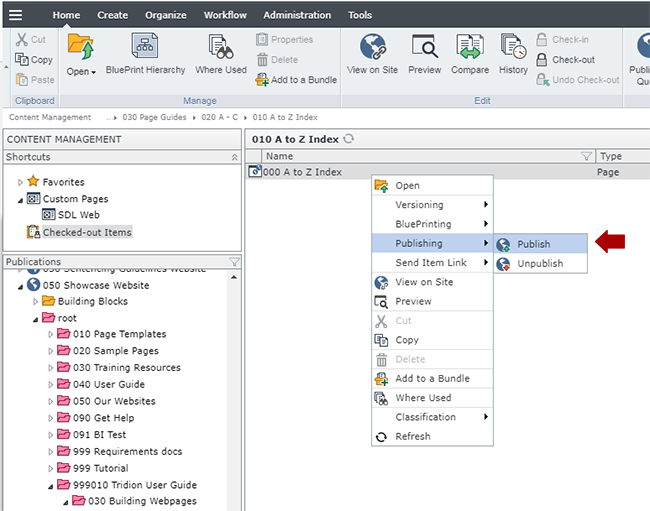Create a Twitter integration
Below are instructions on how to create a page with a Twitter feed integrated inside it.
Technical Specifications
Below are the types of pages that Code Block can be used with. Please note that some page templates may only allow you to insert videos at the top or bottom of a page, such as Toggle Lists.
| Component Type / Template | Accepted Page Templates | Min/Max |
|---|---|---|
| Code Block / Code Block |
|
0-1 |


